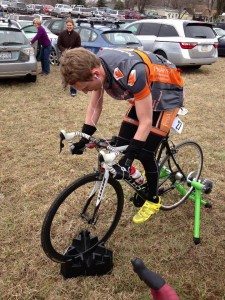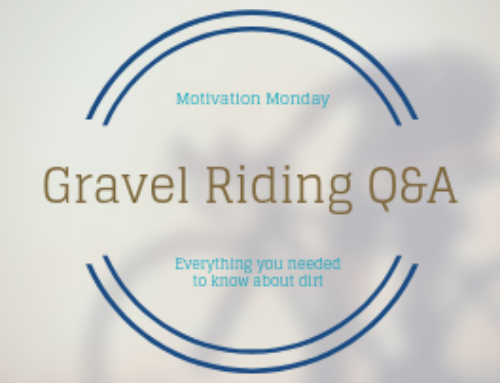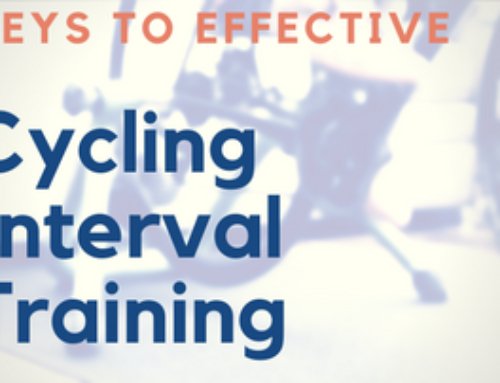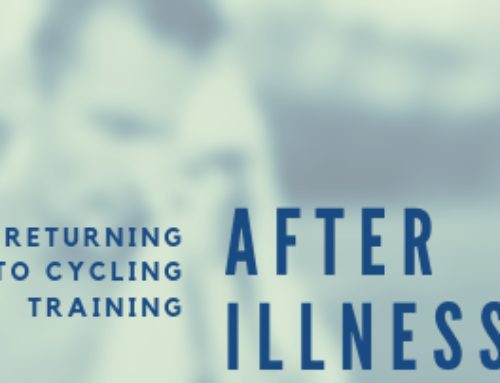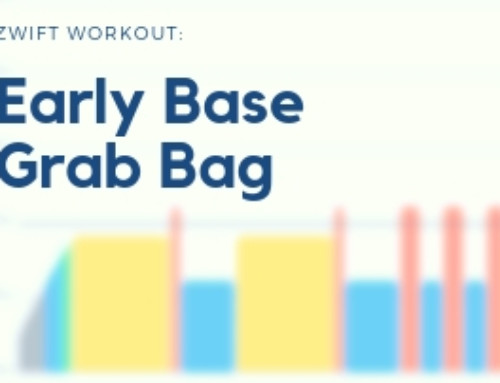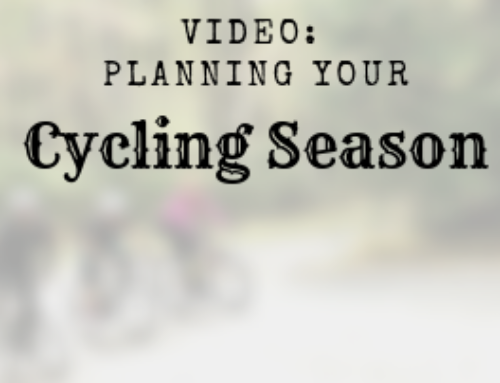Have you ever arrived to a ride a few minutes later than you wanted and just jumped on your bike and rolled off with the group? Do you remember how you felt? I'd wager that you were probably feeling stiff, awkward and it took you a long time to actually warmup to where you were comfortable and powerful on the bike.
Knowing the consequences of “rolling cold” why do coaches and friends alike have to constantly remind each other to warm up before we ride? We all know better, and we shouldn't have to be asked the question “why should we warm up before we race (or even ride).”
It's staggering how often I hear this, and it amazes me that people still haven't accepted that they need to warm up before they hit the road in order to have a good performance. Even more amazing is the number of people who are under warming up, or not warming up to match the effort they are preparing for.
It's time to put a stop to this; we'll explore why we warm up, what it does for our body and then see an example warm up workout.
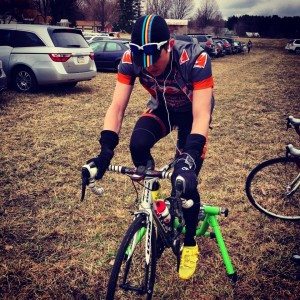 Physiological Reasons to Warm Up Well
Physiological Reasons to Warm Up Well
To put it simply, the purpose of warming up is to prepare our bodies for the effort we are asking it to put forth in out event. We want to raise our heart rate, body temperature and increase the blood flow to the active muscles. By increasing blood flow, body temperature and heart rate, elasticity of the muscles is improved, leading to decreased chance of injury and increased contractility. Joint capsules benefit too, through improved elasticity and increased circulation of joint fluid which decreases friction and increased mobility.
During the warm up, oxygen uptake kinetics are accelerated and anaerobic metabolism is peaked, leading to an increase in performance. Additionally, a properly conducted warm up will stimulate neuromuscular pathways and will prime the body to perform these actions under a high force load. This is perhaps one of the most important aspects to note: improper neuromuscular activation can lead to the potential for injury as cold, “uncoordinated” muscles are tasked with high force work.
Taking all of the above into account, we should ideally start with a neuromuscular warm-up, but how do we accomplish that?
The way that I determine warm up time is the shorter the event, the longer and more intense the warm up.
Group Ride Warmup
If you're at a group ride, you can accomplish this by performing five to ten minutes of high cadence work as the ride rolls out. Don't be a hero and take long power pulls in the front of the group: sit in the back, chat with someone and keep your cadence high, preferably working your way up to 130 RPM if possible. Spinning up from a lower cadence to a high leg speed should also be a component of this early part of the ride, and you can accomplish this by letting a gap open and then revving up your cadence to close it.
After five to ten minutes of this neuromuscular activating super spinning and spinup activity, begin to add tension slowly, working your way up to big gears at your sweet spot cadence. Total warm up time should be around 15-20 minutes before you start to pull through to the front of the group and hammer away. This process ensures your body will be well acquainted to the activity you're asking it to do before you begin to tax it.
Racing conditions tend to require a different kind of warm up than a simple group ride. In almost every case, you don't want to be warming up while out on the race course. Most racers tend to warm up on a stationary trainer or rollers in order to get their bodies ready for competition. The typical race day warm up will take you through each and every zone that you are anticipating using during the race: all the way from light spinning with no pedal tension up to zone 6 and 7 sprint intervals.
While there is recent evidence out there that compares the value of a short, less intense warm up with a traditional longer, higher intensity warm up, I believe that there is validity in both warm ups. The way that I determine warm up time is: the shorter the event, the longer the warm up. To this end, a prologue type effort may require a warm up of up to half an hour, while a road race may only take 20 minutes.
In terms of intensity, it's generally advisable to take the muscles through the intensities in which they will be used so that specific energy pathways can be activated. There is also a psychological aspect to taking the body through those zones as well: hitting that first climb and having warmed up to zone 5 or 6 will be a lot different than if you hit that first climb and your senses are assaulted by the feeling of that very first zone 5 or 6 effort. Muscles that are also no accustomed to that level of exertion will have difficulty dealing with the sudden increase in energy demand as well.
What Does A Basic Warm Up Look Like
Let's look at the neuromuscular portion of the warm up first:
- Spin easy for 3 minutes.
- 2×1 minute spin ups (70 rpm to max, add 5 rpm every 5 seconds) with 1 minute easy spin after each
Once we've warmed up the proper neuromuscular pathways, we can move into adding some intensity:
- 2 min easy spinning, RPE 5, comfortable cadence around 90 rpm
- Shift up to a harder gear
- 1 minutes at the new, harder gear, MAINTAINING THE SAME CADENCE
- Repeat the shift to a harder gear and 1 minute stages until you hit VO2 max level effort (RPE 8.5 or 105-120% FTP).
This should be about 7-8 minutes if you started in the proper gear, and it should slowly ease your body and muscles into Zone 5. By keeping the cadence constant, we add tension by shifting through the gears. This adds progressive tension on the muscles and allows them a bit of time to get used to that tension before adding more (as opposed to going straight to a very high tension load.) To cap it all off, we're going to add a couple of HARD leg openers.
- 2 x (10 seconds all out sprint, 50 seconds recovery)
- 2 minutes easy spinning, RPE 5, sweetspot cadence
Now it's time to get to the line.
If you have a few minutes to spare, stay warm by rolling around the area on the road. Execute a few short sprint efforts and a few short VO2 efforts to keep the engine warm, but do not overtax your system.
Modifying Your Warmup
As you start to know how your body reacts to activity, you'll get an idea if you need to add or subtract from your warmup to get your body ready to perform. If you require more intensity, increase the time of the intensity intervals from 1 to 2 minutes. If you need more neuromuscular time, add more spinning.
As always, everyone is a little different, so play with your warmup formula and see what works the best for you.
Now that you've got a solid warmup, you probably need a high powered training plan to go with it. If you want more awesome FREE coaching tips, don't forget to sign up for my newsletter to get a free month of training and my biggest coaching tips in your inbox.

